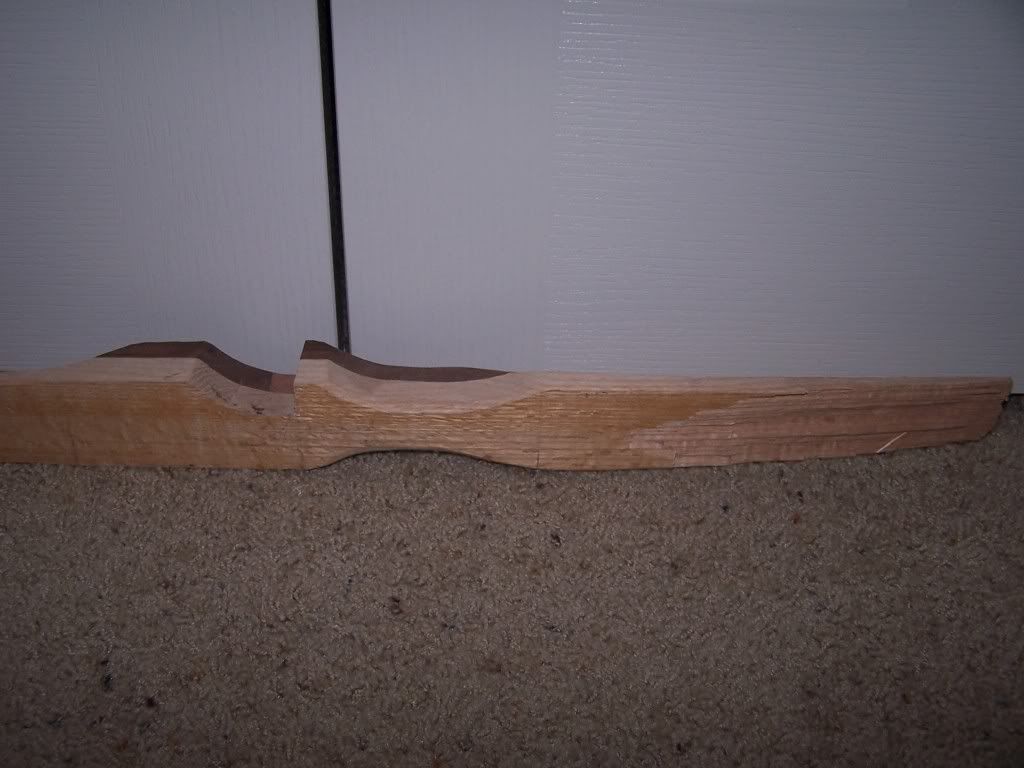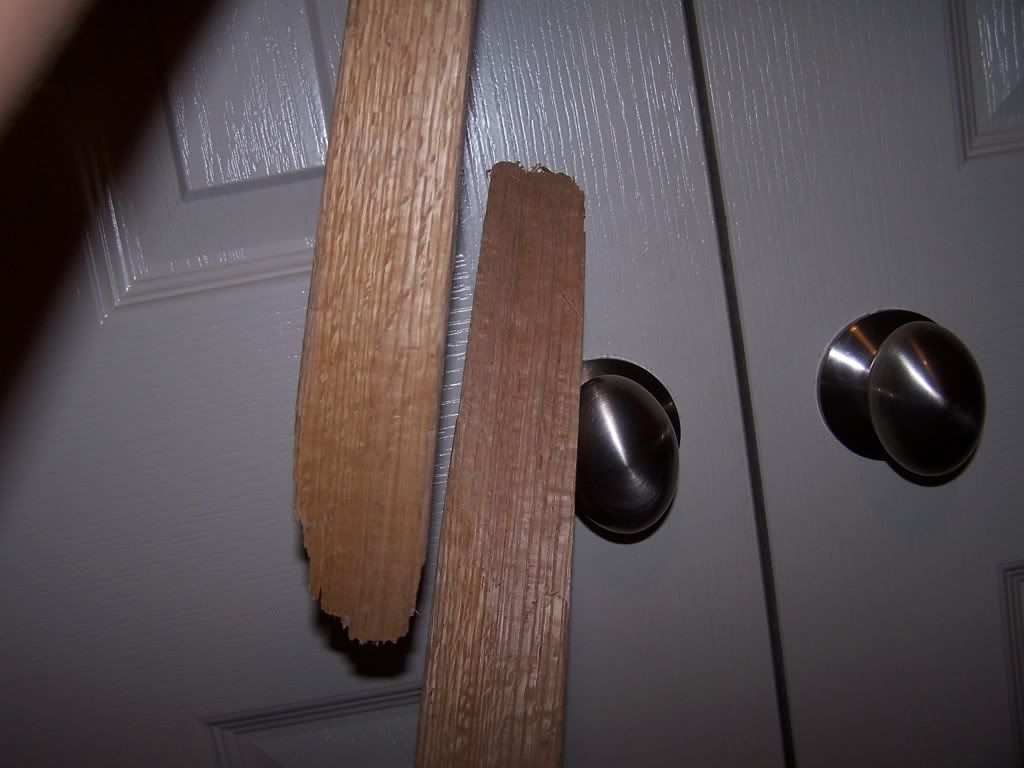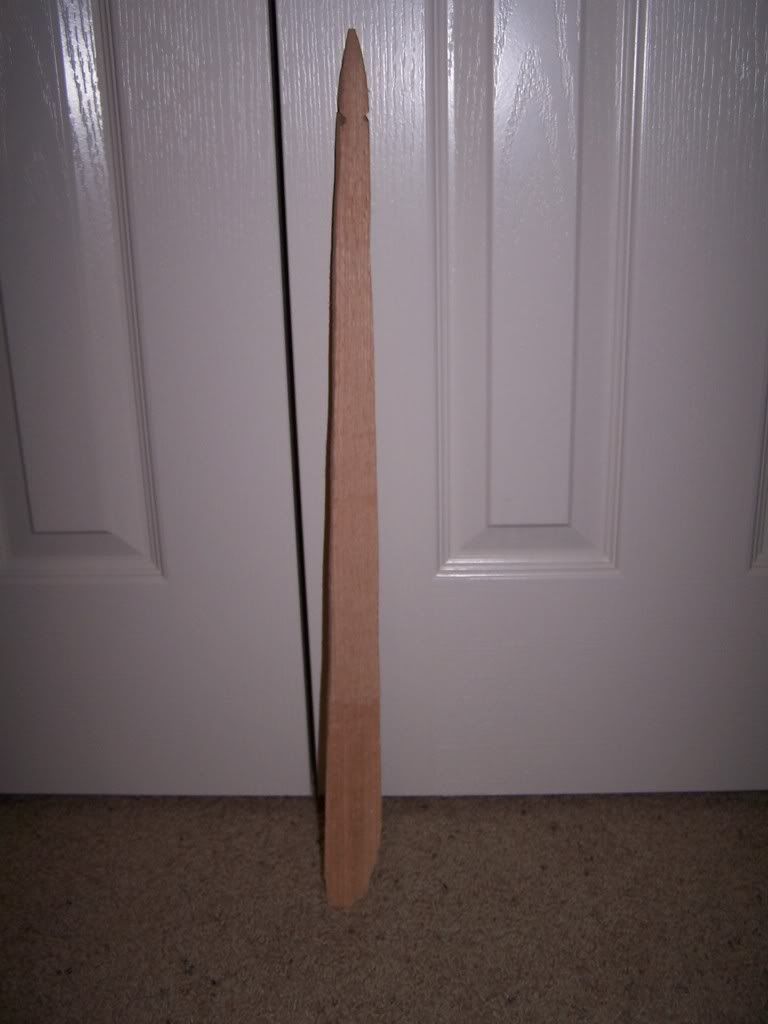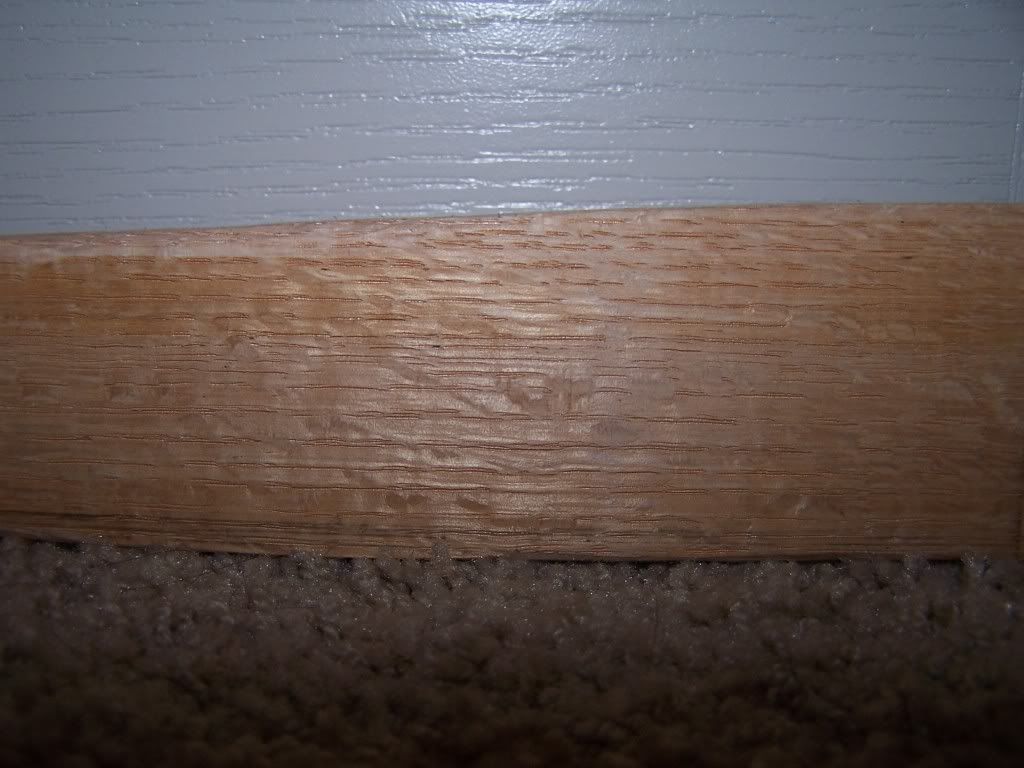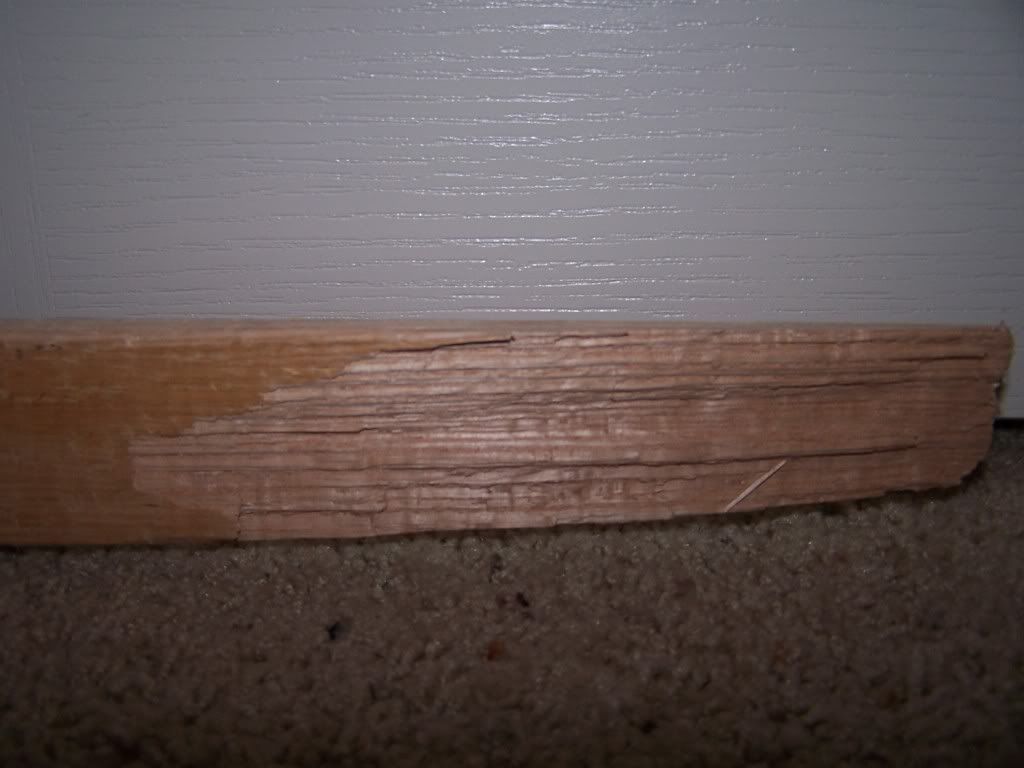Hey, Tyler. Sorry to hear about your bow. Here's some questions and some observations that might help you next time. (I had to past your pictures in my web browser, but I got there! I've pasted them at the end of this post for you.)
1) How did the bow break? On the tillering tree or while drawing by hand? Were you using a tillering string or a short string with the bow at brac?
2) 60" is awfully short for a red oak board bow of nominal draw length (26-28") and draw weight (#45+). In my experience, it's just too short. Not sure if it blew before you reached full draw or not, but regardless...make it longer next time. I use the following formula:
Bow Length=((Draw Length x 2) x 1.15) + 1
That is, I take the draw length, double it, add 15% (multiply it by 1.15), then add 1".
3) It doesn't appear that you rounded the edges of the bow limbs at all. If you did, it doesn't look like much. This allows the stress the back is feeling under tension to build up at that sharp edge and lift a splinter, which can lead to a full-width break. Always round the edges before you begin tillering/drawing the stave, ESPECIALLY on the back.
4) You handle looks a touch long. That is, the distance between the fades is too long, which further reduces the working length of the already-too-short bow. Further, the inner third of the limbs take the most stress during bending (especially the inner third of the lower limb when the bow is drawn in the hand). Also, your actual grip is a long ways from the upper fade. The lower you grip a bow on the handle, the more it effectively shortens the lower limb. This puts that limb under more stress, which can lead to limb failure.
5) The board looks like it's just shy of quarter-sawn. Sometimes the grain of quarter-sawn or near quarter-sawn boards can appear rough. My question to you is, is that back of you bow perfectly smooth? If not, it makes splintering much more likely. Again, maybe my eyes are just not seeing it correctly in the picture.
Keep it up, guy! Make the bow longer and wider than necessary when just starting out. It allows more wood to share the load. You can always build them shorter, thinner, narrower, and lighter in mass as you get more experienced. Get yourself another good board and make some sawdust!
Here's your pictures, guy:
